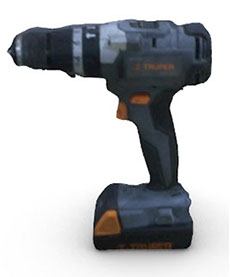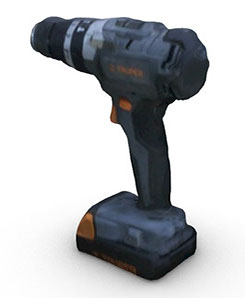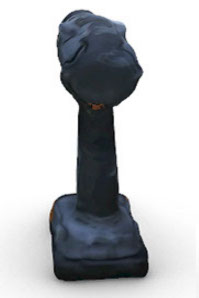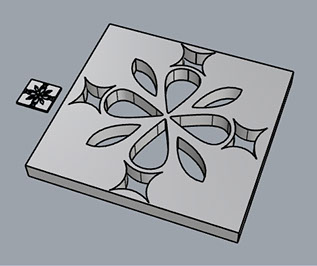group assignment:
- test the design rules for your 3D printer(s)
https://fabacademy.org/2022/labs/ciudadmexico/cdmx_3d-scanning-and-printing.html
individual assignment:
- design and 3D print an object (small, few cm3, limited by printer time)
that could not be made subtractively
- 3D scan an object (and optionally print it)
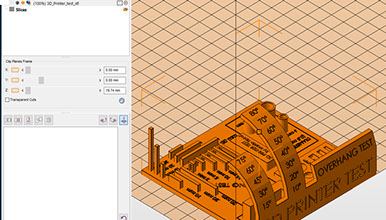

We place the object on the printing area of the machine
We assign the speed and quality of printing in addition to the placement of the support material
We assign the type of material that in this case we use PLA plastic, in addition to:
Box height: 0.20
nozzle temperature: 200 °C
bed temperature:60 °C
filling density: 15%
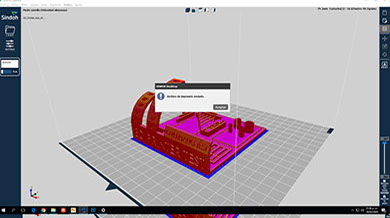
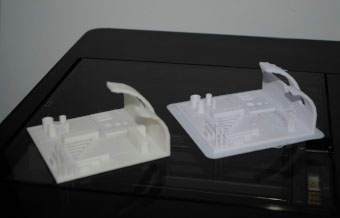
We send the file to print
3D Printing
For this piece, the surface and the tile-like pattern were modeled in rhino and we added it as an element in grasshopper to be able to adjust the variables of height, thickness, length and width of the piece the pattern Modeled on the Rhino surface and we added the pattern drawn and extruded.
In grasshoppers the surface and the brep are assigned to the pattern

Pattern drawn and extruded.
Object modeling in rhino and parameterized
We export the modeling with the extension .stl (stereolithography). We place it on the printer bed and in this type of design, due to the angle it has, it does not need support material because it is self-supporting. We verify the size because here we can still change the scale of the object to be printed. We generate the G code file and with the sindoh 3D printer we assign the values in the control, quality settings
the fill of the part, the speed, and the retraction in the advanced options such as PLA material and we rotate the model face to bed to print.
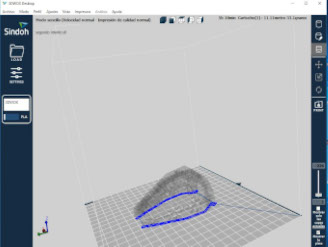

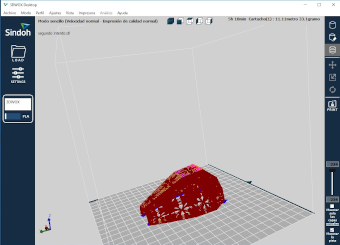

Panel display Sindoh 3dWOX
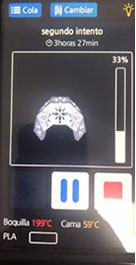
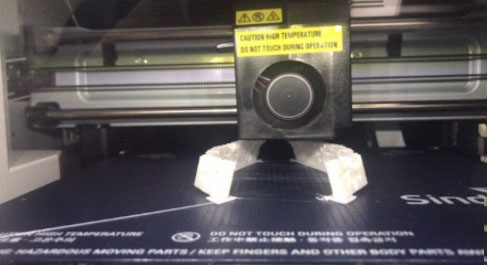
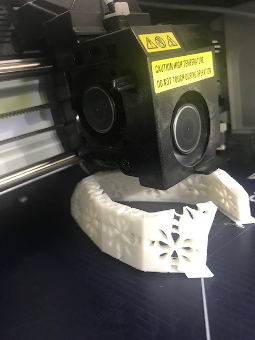

Final Piece 3D printed in plastic PLA

The optimal process to machine this part is 3D printing, since due to the internal angles
and externals that it has, in addition to its size, it would be very difficult to produce it in laser cutting or on a CNC router and the machining and assembly time would be greater than the sindoh printer takes to produce it.
-crop-u45439.jpg?crc=3766246387)
.jpg?crc=199409503)
3D Scanning
In this assignmnet we are going to scan an object of reality, that is to say in 3D and we are going to take it to a virtual environment where we can manipulate it with 3D software such as rhino so that later with the already worked pieces we can print them, cut them or machine material replicating the scanned object.
For this assignment use two types of 3D scanner, the first is the one found in FABLAB where several detection points are placed on the object to be scanned so that the scanner gun recognizes these points and creates an editable mesh in the 3D program . In the video we can see the base of my final project that was scanned and since it is a symmetrical object, I think it is better to work half of the object in 3D modeling to replicate it with a mirror and it will be exact.
The scanner works with an interface in which, as the object is digitized, it creates a mesh in real time due to the reflective points that must be placed on the object. Once digitized, we export it as a .stl file to manipulate it in Rhino.

Already in Rhino we can manipulate and work better the mesh that is generated to later export the file and generate an stl file to print it in 3D if we so wish.
Scan Software
3D Structure SDK
for IPad
A scanner that is mounted on the ipad and we scan any volume that contains few brightness. In addition to the volume also generates the materials of the object
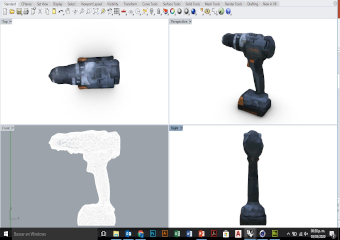
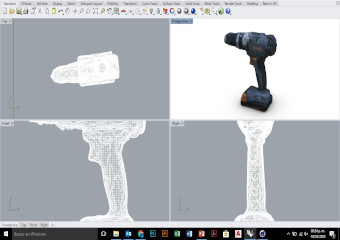

Hand drill photo

